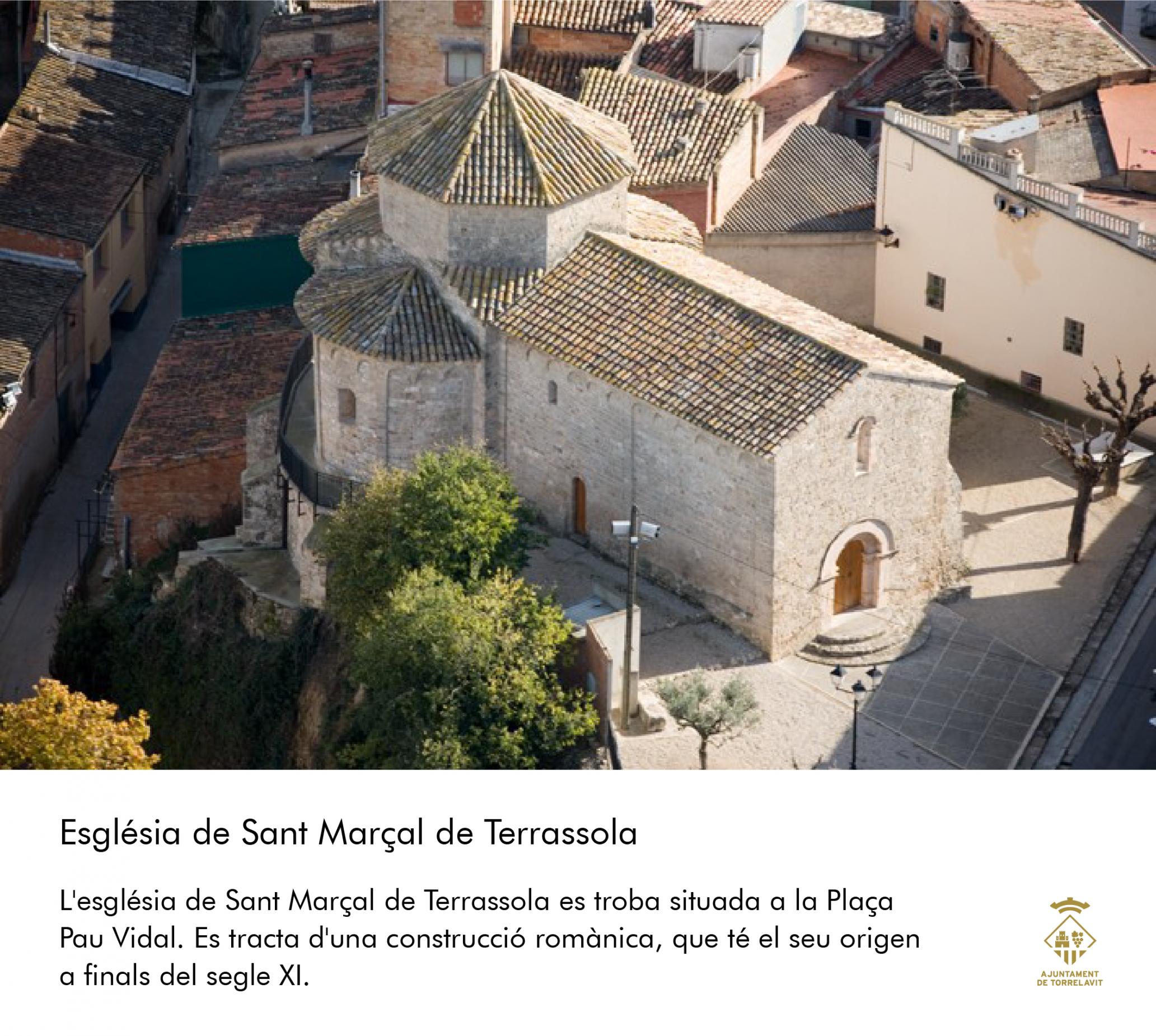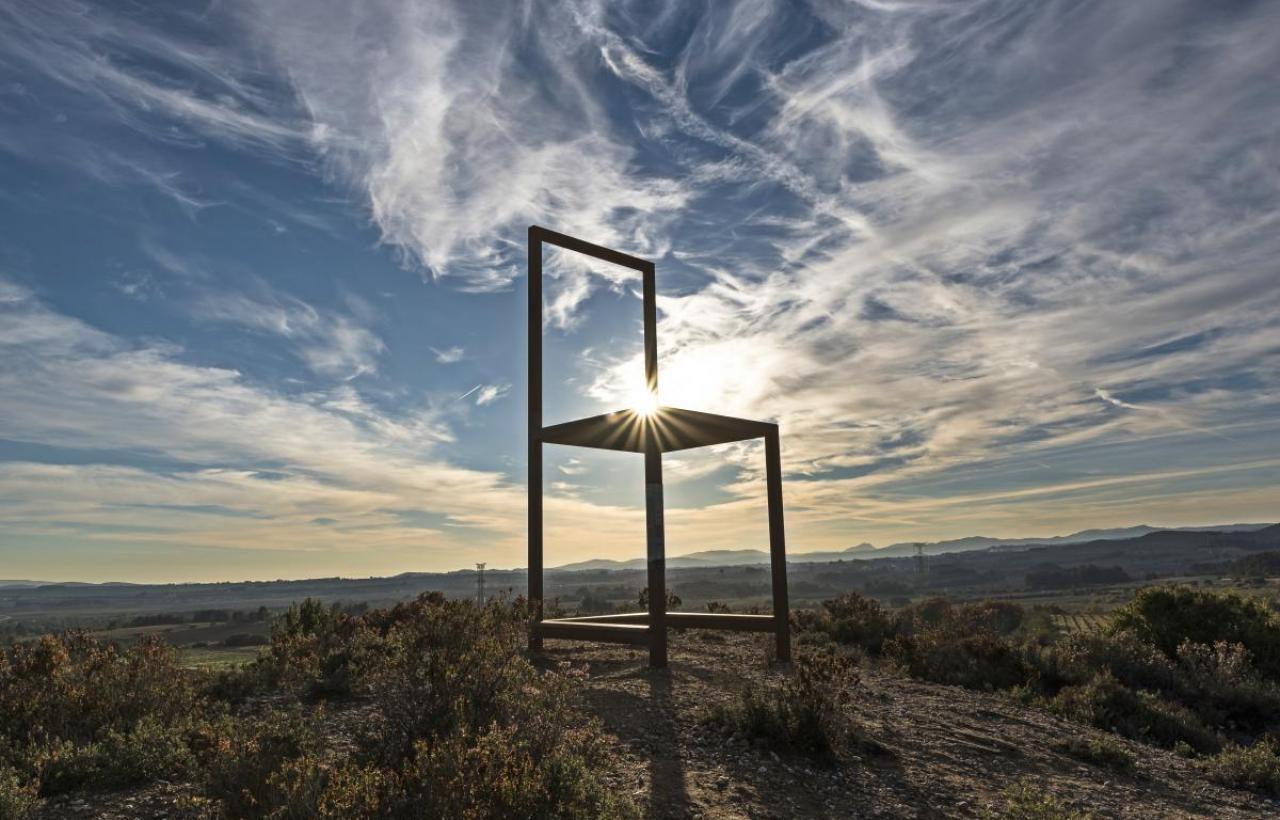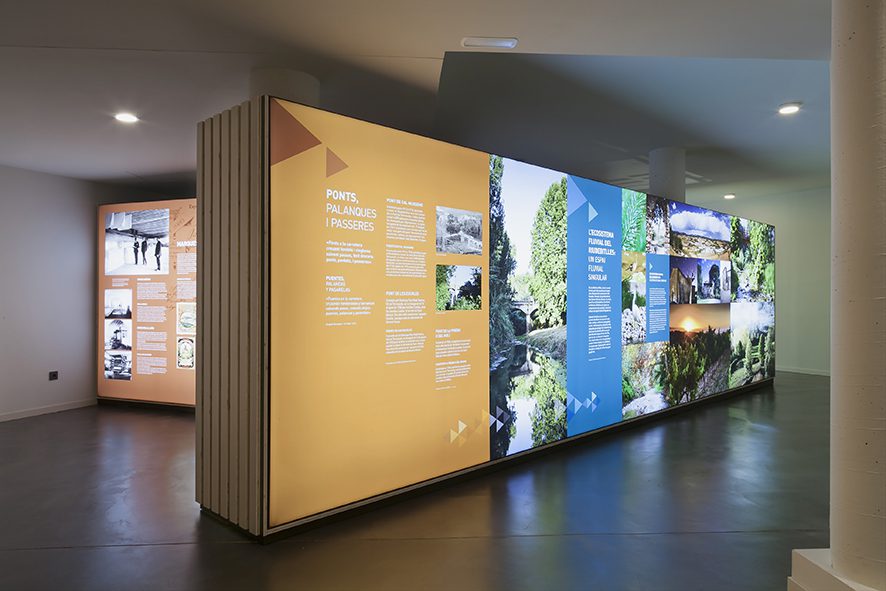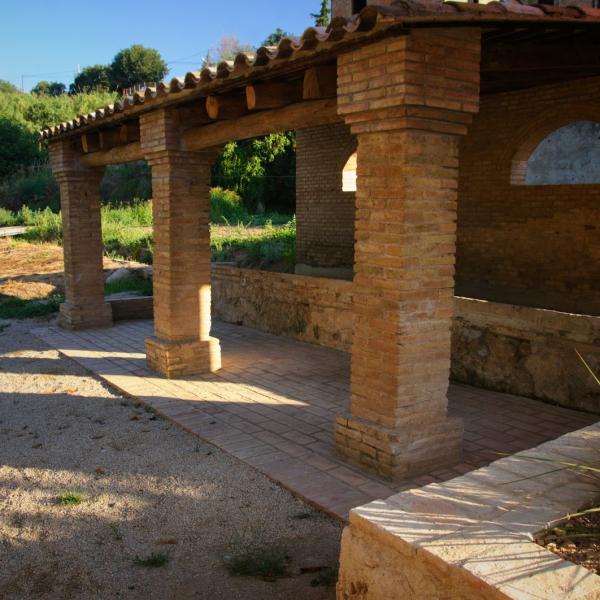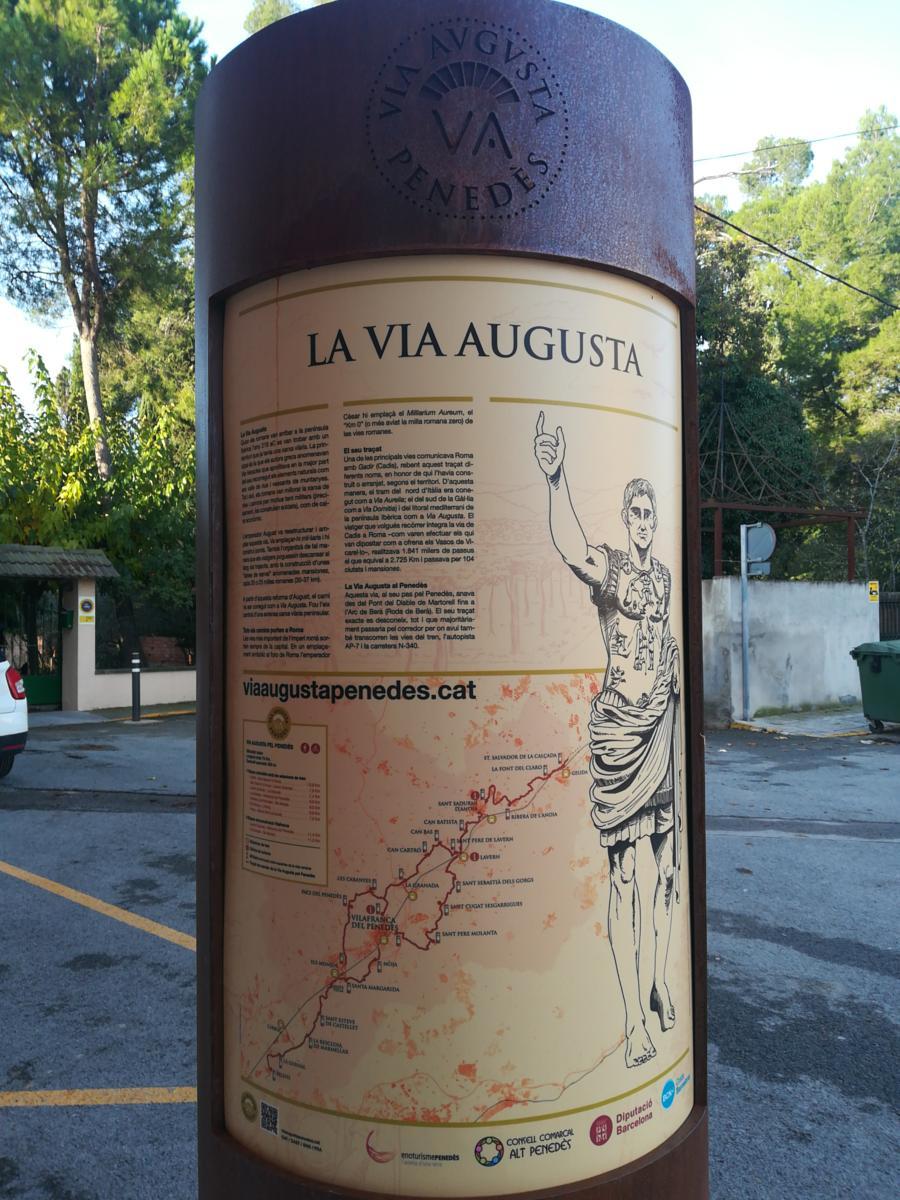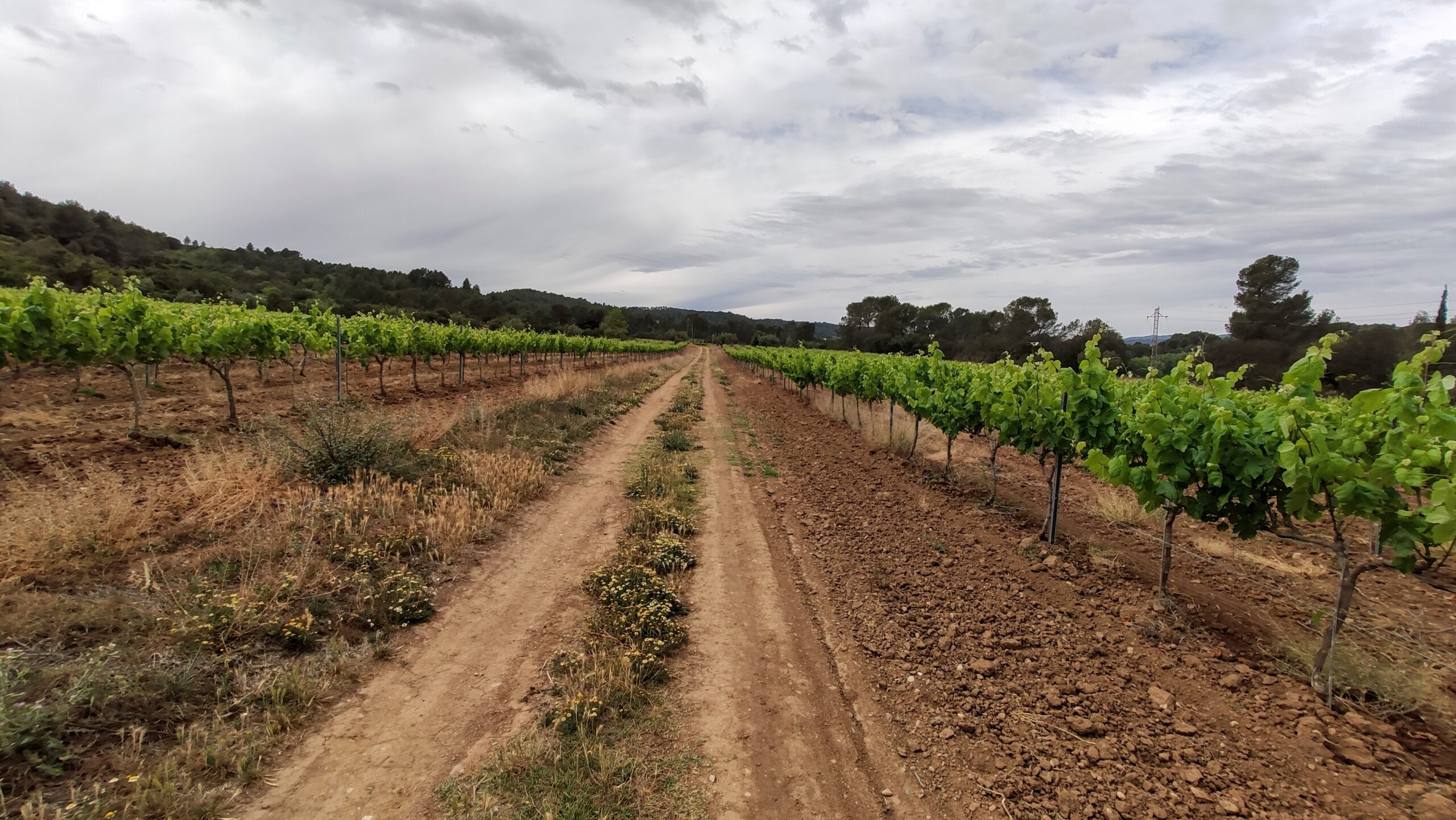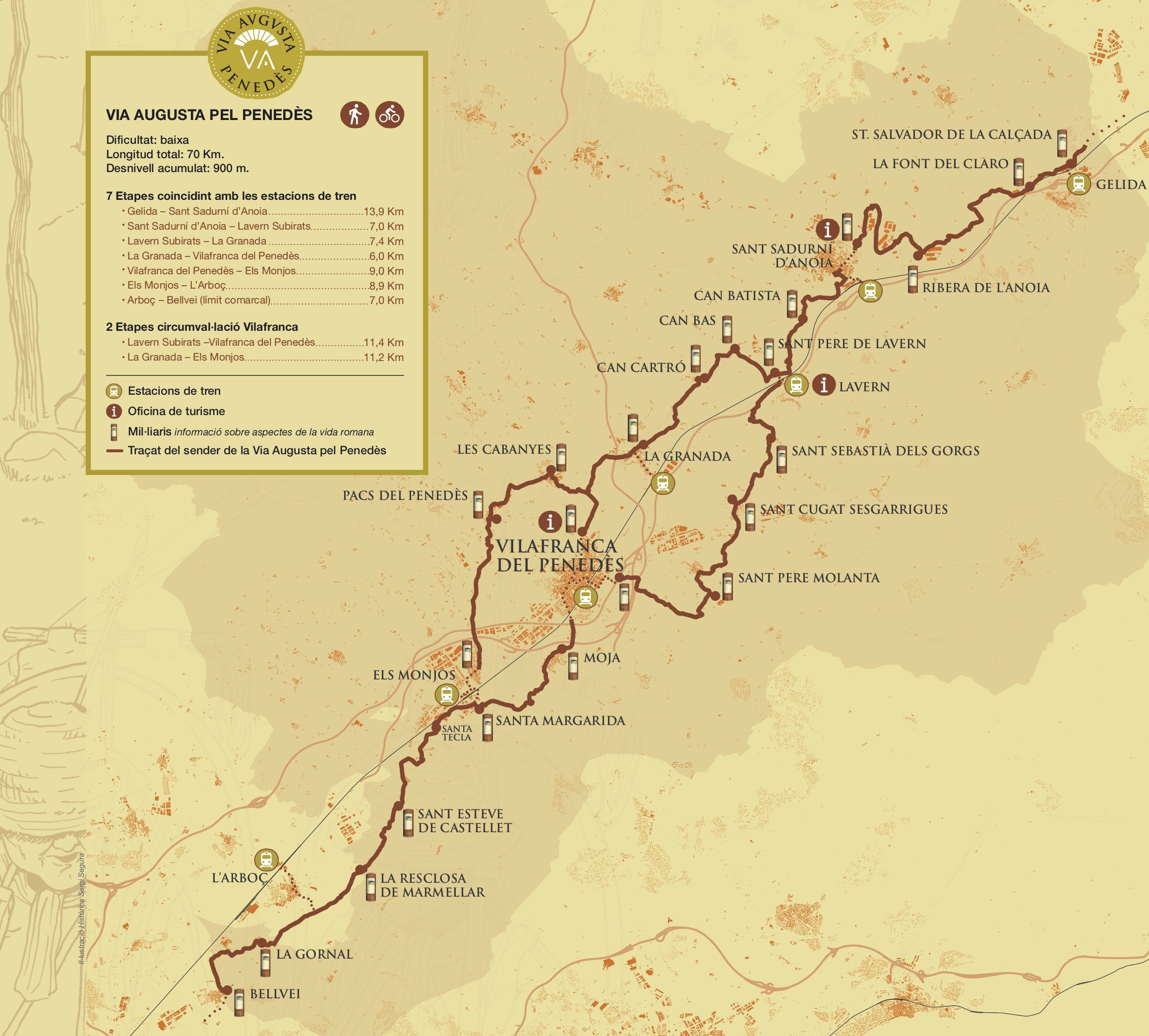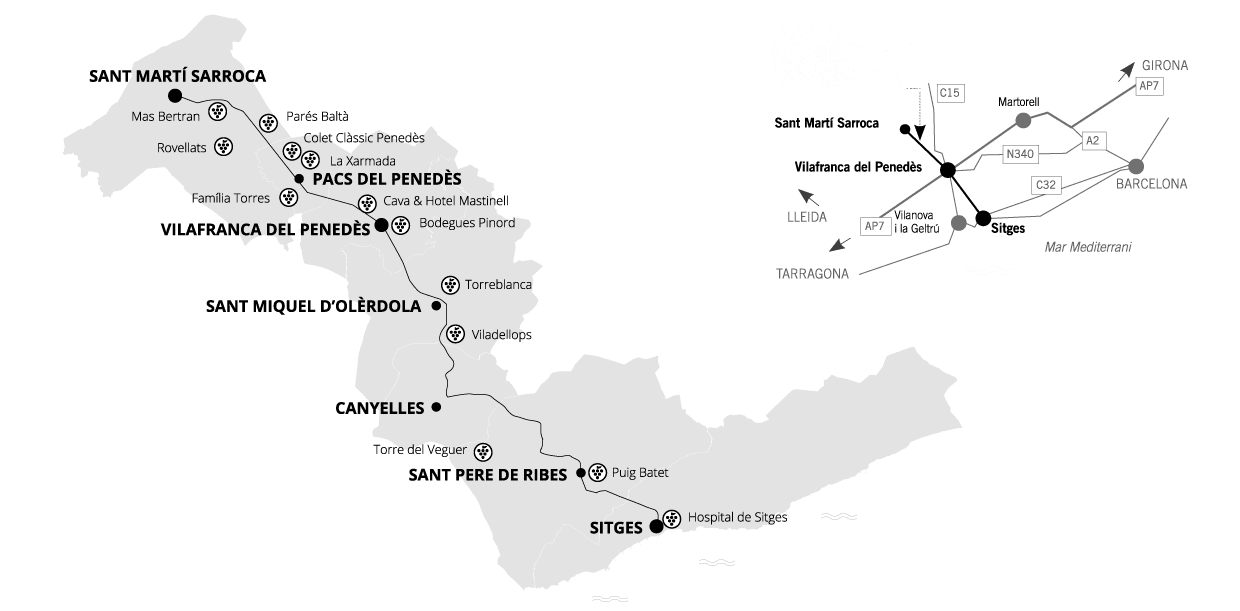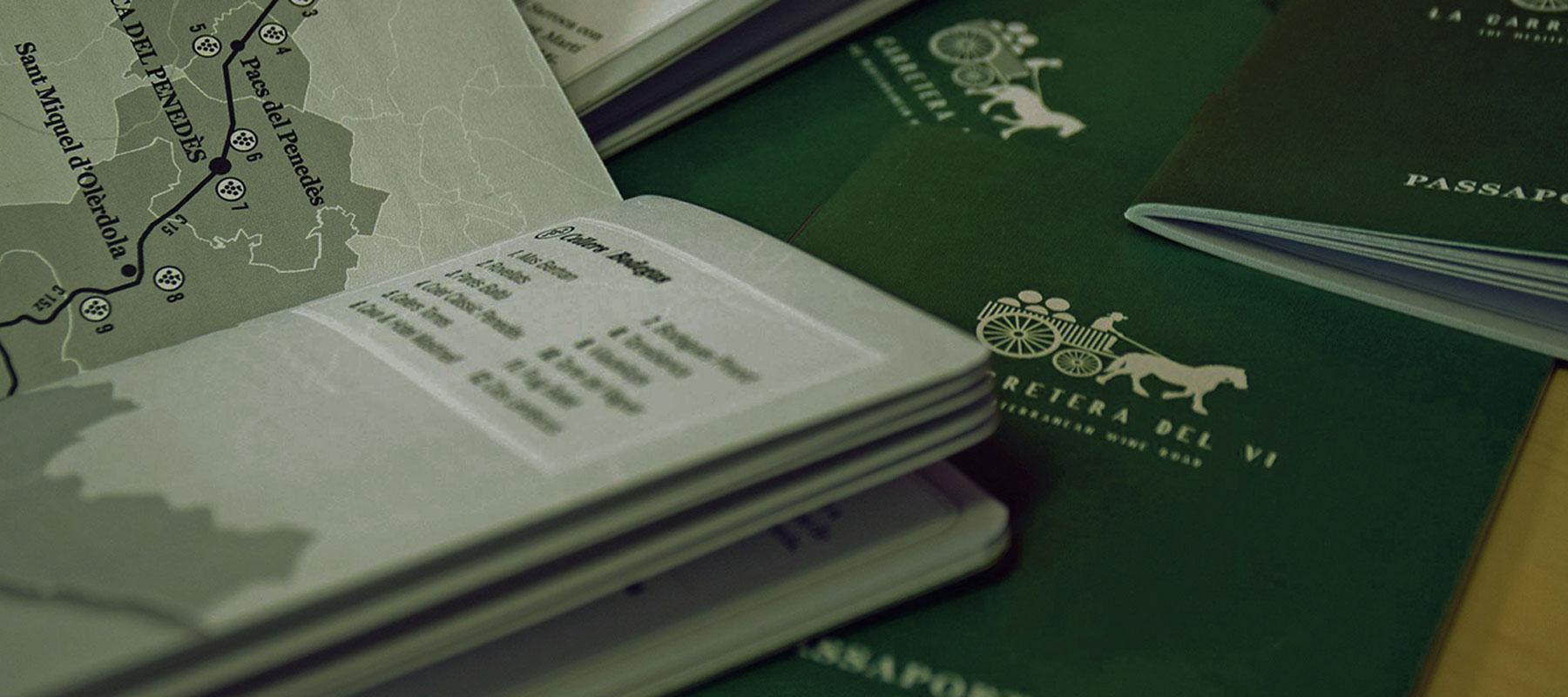What to do - Where to go
Discover the best activities and places to visit near Can Rocabruna.
Torrelavit
Torrelavit is a municipality with a rich cultural and natural heritage, in addition to its outstanding wine-growing landscape. An interesting fact is that Torrelavit is part of the Penedès region, known worldwide for its wine and cava production. This area is a key point on the cava route, which attracts wine lovers from all over the world.
The municipality is also known for its paper-making tradition, with historic paper mills dating back to bygone times. These mills, some of which have been restored and converted into museums or interpretation centres, offer a unique window into the industrial history of the region.
In addition, Torrelavit has an important architectural heritage that includes the Romanesque church of San Juan de Torrelavit, one of the most outstanding elements of the town's heritage.
These aspects make Torrelavit a place of interest for history buffs as well as wine and nature lovers.
Miravinya The Chair
On the small hill of Malgranada in Torrelavit, there is a giant chair from which you can enjoy a full 360-degree view of the surrounding nature. This unique chair invites you to stop and admire the landscape, to sit and listen to the silence in the middle of an exceptional environment. Visiting this place, you will be able to observe closely the characteristic elements of the Penedès landscape.
Taking a moment to sit down, you will be able to observe an environment that presents itself with vineyards at the foot of mountains, alternating with a Mediterranean forest of pines, holm oaks, patches of carob, almond and olive trees, which grow along the stone walls, helping to stabilise the terraces with their roots.
Before you, the landscape never keeps the same colour, nor the same aroma: rosemary and thyme, lavender and winter heather; at the edges of the fields, you will discover agave and broom, and in the cooler areas, the intense scent of fennel. The Penedès, deeply linked to drought, shows how water, although almost invisible, has been decisive in the configuration of its landscape.
Water Interpretation Centre
The Torrelavit Water Interpretation Centre illustrates the deep-rooted relationship between the Riudebitlles River, its tributaries and the historical and landscape development of the area. This centre offers an immersion into the vital role of the river in the local community, highlighting how water has been used in everyday life through fountains and washing places, in agriculture through wells and canals, and in industry, with special emphasis on the twelve paper mills that, from the 17th to the 20th century, turned Torrelavit into a leading centre of the paper industry.
Visitors can explore this space through various thematic exhibitions, including audiovisuals and historical photographs, focusing on the river as a vital axis for settlements and water supply, the journey through the local paper industry and the various uses of paper over time, as well as the project "Torrelavit and the River Road", a route that explores the landscape and cultural values of the area.
Visit the Water Interpretation Centre to better understand the past, present and future of the river and water in the Torrelavit area.
- General admission: 4 euros / Reduced admission: 3 euros
The Laundries
Join a guided tour of the old washing places in Torrelavit to discover the traditional art of washing along the river. You'll learn about ancient washing techniques in an environment that has historically been a meeting and socialising point for the community.
The tour starts at the Water Interpretation Centre and continues along the Camí del Riu to the washing places. Along the way, you will learn about the historical importance of the river and how it has influenced the flora, fauna and the construction of structures such as mills and locks.
At the laundries, we will explain their role as social spaces, how they functioned and how washing was carried out in times gone by.
- Duration: 1 hour Price: 4 €.
Level of difficulty: Low. A short walk of 5-10 minutes along the riverbed is required to reach the washhouses and return.
This itinerary is not recommended for people with reduced mobility.
The River Road
We propose an itinerary through the fluvial areas of the Mediona-Bitlles, Lavernó and Anoia rivers, which form part of the most important fluvial ecosystems of the Penedès region.
The river path, a 43-kilometre itinerary to discover and enjoy these river areas, the great diversity of environments they offer and the attractive and beautiful landscapes of the Alt Penedès. The route passes through the villages of Subirats, Sant Sadurní d'Anoia, Torrelavit, Sant Pere de Riudebitlles, Sant Quintí de Mediona and Mediona.
This walk allows you to enjoy a fantastic view, a landscape mosaic made up of villages, vineyards and other fields, forests and also the riverside and river area. The inclusion of the river area as a characteristic and significant element of this itinerary is what distinguishes this route from the others that already exist in the municipality.
The route passes through:
The Via Augusta Penedès
Along its 1,500 km from Cadiz to the Pyrenees, the ancient route known as Via Augusta connected the Iberian Peninsula with the capital of the Roman Empire, serving as a vital axis of communication. This road was part of an extensive road network that stretched some 80,000 km from the Sahara to Asia, and along which legionaries, traders, farmers, civil servants and citizens passed.
Before Romanisation, this route was known as the Via Heraclea and followed the route of an ancient Iberian road. In the 2nd century BC, the Roman legions laid it out as a paved road to improve travel and logistics.
During their journey, travellers would find, from town to town, inns and strategic stops to feed the pack animals and make the necessary repairs to the wagons.
In the Penedès region, the route of the Via Augusta has been restored to offer a route that allows you to explore the territory and its landscape, a mosaic of vineyards that changes colour with the seasons, offering a journey along paths, trails and routes that invite you to discover the history and nature of the region.

Route
The proposal is organized in 7 stages and 2 variants of low difficulty between 6 and 12 km, with no steep gradients.
It is therefore a set of walks that can be done in either direction, on foot or by bicycle, and which, linked together, allow the central spine of the Penedès region to be traversed longitudinally.
There are two alternatives on the central route. One variant goes around the county capital via Pacs del Penedès to Santa Margarida and the Monks and the other reaches Vilafranca from Lavern-Subirats via Sant Sebastià dels Gorgs, Sant Cugat Sesgarrigues and Sant Pere Molanta.
Stages
Technical details
Distance: 51.25 km (without links to railway stations).
Distance along the northern bypass: 55.03 km.
Distance along the southern bypass: 52.4 km.
Accumulated ascent: 1063 m.
Maximum altitude: 276 m.
Minimum altitude: 74 m.
Walking time: 12 h 20 min.
Difficulty: the difficulty of each stage ranges from easy to moderate.
The Wine Road
The Wine Road is the first Wine Road in Spain that allows wine lovers to discover the old route that linked the vineyards of the Penedès with the beaches of the Garraf, discovering the wineries that are part of this project. A 33 km linear route that passes through 7 municipalities and that will allow you to discover everything from Iberian vestiges to components of modernism, passing through castles and popular and traditional architecture of the territory. All this is complemented by a wide range of cultural activities and a varied gastronomy.
The Wine Road links the Castle of Sant Martí Sarroca with the beaches of Sitges and runs through the towns of Sant Martí Sarroca, Pacs del Penedès, Vilafranca del Penedès, Sant Miquel d'Olèrdola, Canyelles, Sant Pere de Ribes and Sitges. This route is designed to be done in a motor vehicle, and once at the wineries, alternative routes can be done on foot or by bicycle.
Passport
The Wine Road passport gives advantages and prizes to the holder of the document and a companion during the route (upgrades to the visit to the winery, discounts to the museums along the route or products from the wineries). Each winery will stamp the tourist's passport once the visit has been completed.
Where to get a passport
In all the wineries that make up the wine road or in activities organised by the Wine Road.
The Wine Road Wineries
Wine Cellars and Cavas
Routes
Plan an unforgettable experience at Can Rocabruna today
We can help you tailor your stay and experience to your budget.
BOOK YOUR STAY NOW
- +34 93 125 0 125
